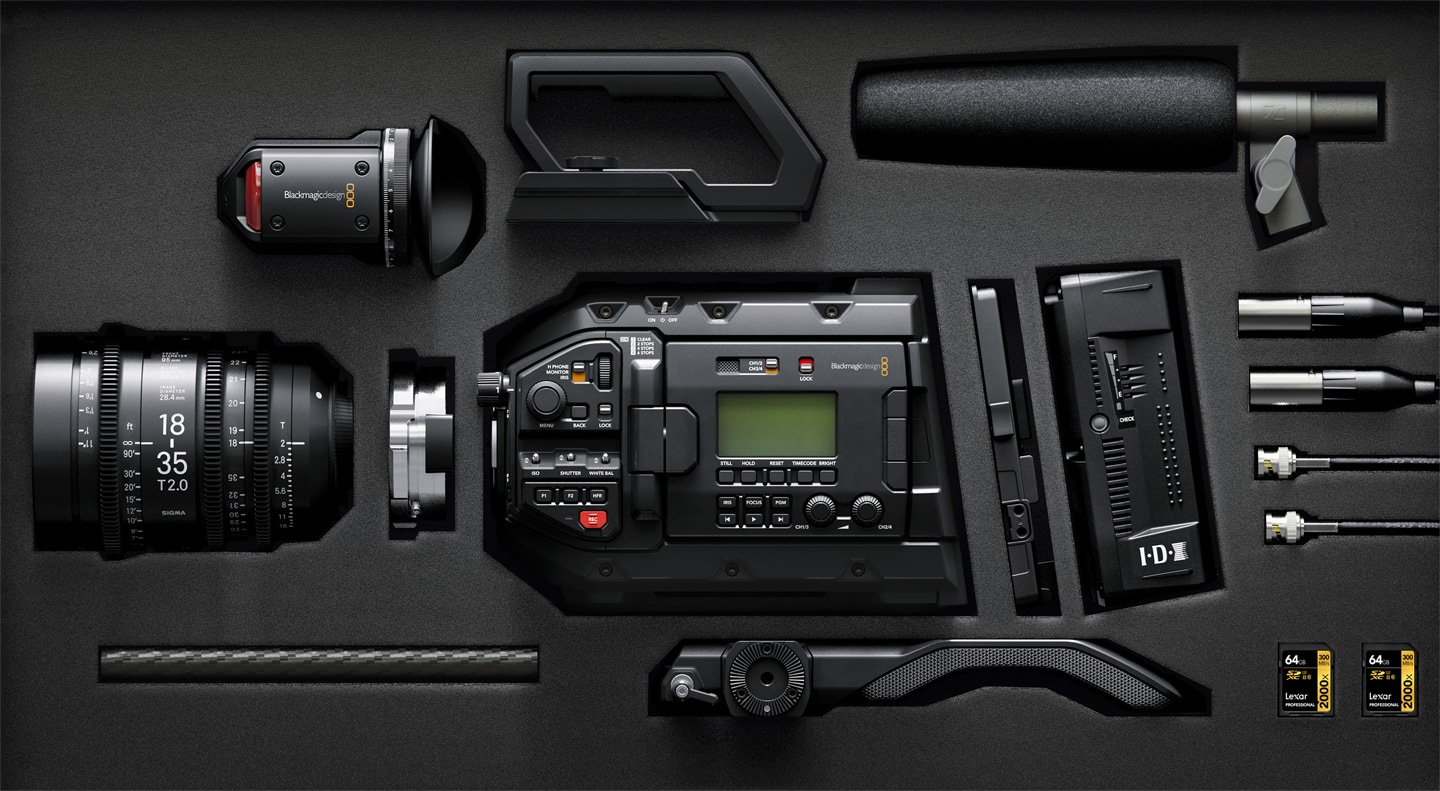
It was a really nice touch from Blackmagic Design that they sent me the camera with the compact IDX Endura DUO-C95 V-Mount battery. I even took off the Shoulder mount/baseplate as I wanted to keep the setup as nimble as possible. Here is a quick snap of my barebones setup below – I wanted to shoot with the lightest possible URSA Mini Pro setup – so I took off the URSA viewfinder and the side grip and just kept the top handle. I will be posting my separate review of the panel in the upcoming days. I also used the awesome Blackmagic Design Resolve Micro Panel to grade the footage. I make no claims to being a competent colourist, and I am sure that a lot of you are far more competent in the grade than me. I graded in DaVinci Resolve 12.5 with the OSIRIS LUT pack, mainly the KDX LOG LUT with slight tweaks to the white balance, exposure, contrast, highlight recovery and shadow boost in a few places, but nothing fancy. Only built-in ND filters were used, no polarizers or other diffusion filters. I shot the footage below in 4.6K ProRes HQ and LT (4608 x 1920 which is already cropped to 2.40:1 in camera) and the Sigma 18-35mm f1.8 Art lens. Here is the first part of the footage I shot with the URSA Mini Pro. My tests did NOT include, any audio tests, low light or controlled environment, hence the title – hands-on review, rather than an all-encompassing review of the URSA Mini Pro, which even from my limited use, is a seriously capable beast. For the sake of clarity, I mainly focused on shooting in 4.6K compressed Raw as this is the mode I am most interested in as well as 120fps slow motion. Preface: I will try and keep my review short and to the point. Improved audio controls and dual SD card slots, which are UHS-II compliant complete the package.

More broadcast/ENG-friendly improvements on the side of the body feature ISO and WB switches as well as Auto WB button on the front. The URSA Mini Pro also comes in EF mount as standard, which can be changed to PL or Nikon F. Namely the bid improvement is the addition of built-in ND filters, which were a life saver during my tests.

I took the camera for a spin around Central London on a really hot and sunny day, which turned out to be a good opportunity to test the camera in the harsh sun and high-contrast situations.Īs most of you know, the URSA Mini Pro was announced earlier this year and despite the similar body design to the URSA Mini 4.6K, the new “Pro” version has a few new key features that set it apart.

Recently I got a chance to shoot with the URSA Mini Pro 4.6K camera, that the good people at Blackmagic Design loaned to me.


 0 kommentar(er)
0 kommentar(er)
